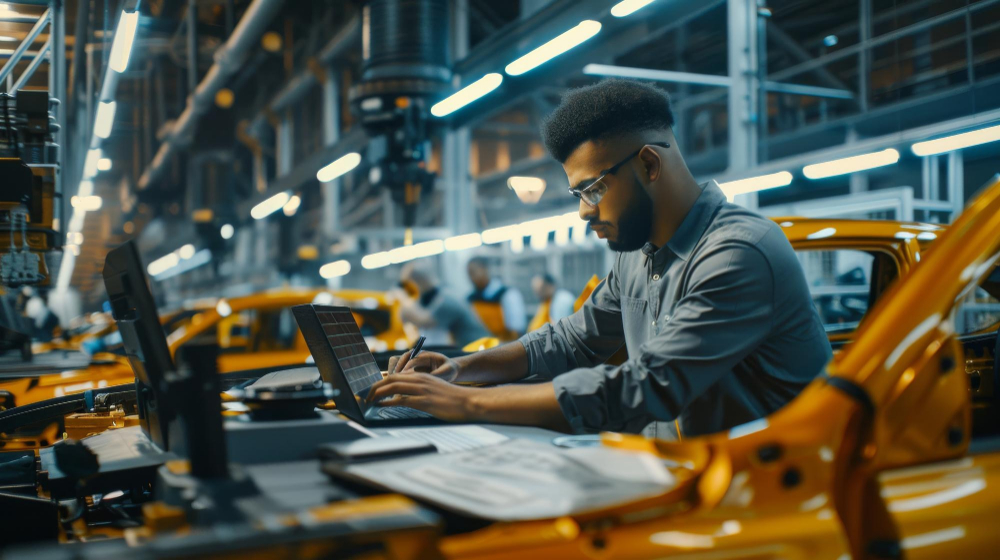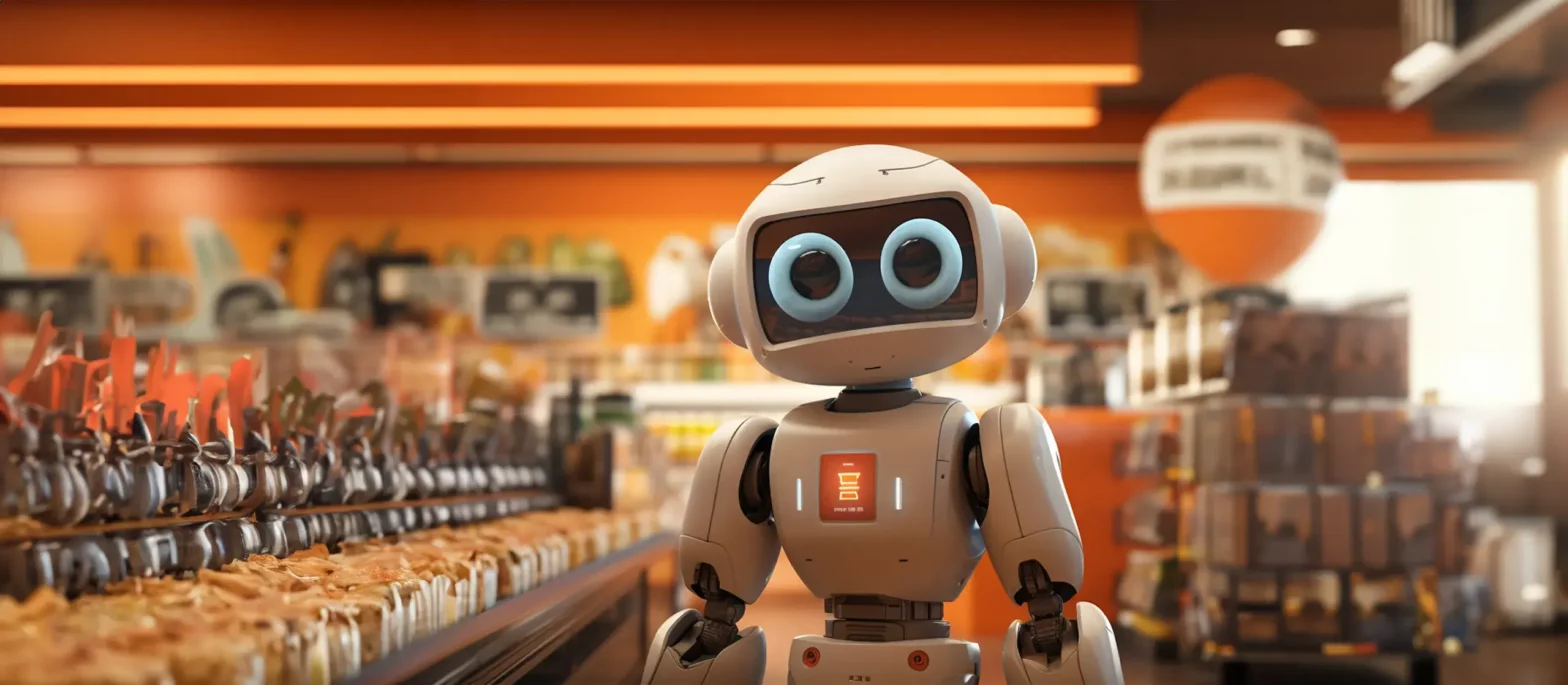- Blog
- June 6, 2024
AI and Generative AI for Demand Forecasting in Manufacturing

- Blog
- June 6, 2024
AI and Generative AI for Demand Forecasting in Manufacturing
Imagine a world where manufacturers can not only predict customer demand with pinpoint accuracy but also explore entirely new product possibilities based on those predictions. This future is powered by the synergistic combination of AI-powered demand forecasting and cutting-edge Generative AI, a revolutionary approach transforming the manufacturing landscape.
Traditionally, demand forecasting relied on historical data and statistical models, often leading to inaccurate predictions and missed opportunities. AI, however, is changing the game by analyzing vast datasets that include sales history, customer demographics, social media trends, and even weather patterns. But AI doesn’t stop there.
Generative AI: A New Dimension in Demand Forecasting
Generative AI takes AI-powered demand forecasting a step further. This technology empowers machines to create entirely new data, from innovative product designs to unexplored market segments. Here’s how it plays a role in demand forecasting:
- Identifying New Customer Needs: Generative AI can analyze social media trends and customer behavior to discover previously unforeseen needs and desires. This allows manufacturers to forecast demand for entirely new product categories or features.
- IOptimizing Product Design: Generative AI can explore countless design variations based on existing data and customer preferences. This helps manufacturers develop products with the highest potential for market success.
- ISimulating Market Scenarios: Generative AI can create realistic simulations of various market conditions and customer behavior. This allows manufacturers to test different product offerings and assess potential demand before investing in production.
Real-World Examples: AI and Generative AI in Action
- Nike: The sportswear giant leverages AI to forecast demand for existing products, but they also utilize Generative AI to explore new design possibilities. This allows them to stay ahead of trends and introduce innovative footwear that resonates with customers.
- Procter & Gamble: This consumer goods leader uses AI to predict demand for established products like laundry detergent. However, they’re also exploring Generative AI to identify entirely new cleaning solutions and product formulations based on evolving consumer needs.
- Unilever: This multinational company uses AI to forecast demand for its diverse product portfolio. Additionally, they’re piloting Generative AI to develop personalized product recommendations and explore niche markets with untapped potential.
- Camla Barcelona – This fashion brand is using a combination of AI, Virtual Reality (VR), Augmented Reality (AR), etc to improve demand forecasting, inventory management, and personalized marketing.
The Benefits of AI and Generative AI in Demand Forecasting:
- Uncover Hidden Opportunities: Generative AI helps identify entirely new demand possibilities, fostering innovation and market leadership.
- Enhanced Accuracy: The combined power of AI and Generative AI leads to more accurate forecasts, minimizing risk and maximizing profits.
- Dynamic Market Response: AI and Generative AI enable manufacturers to adapt production plans quickly to respond to unforeseen market shifts.
- Data-Driven Decisions Real-time analysis and insights lead to smarter and more informed business decisions.
- Sustainable Practices: By predicting demand fluctuations more accurately, manufacturers can minimize waste and optimize resource utilization.
The Future of AI and Generative AI in Demand Forecasting
The future of demand forecasting is a powerful blend of AI and Generative AI. Here are some exciting possibilities to come:
- Hyper-Personalization: AI and Generative AI will allow for demand forecasts tailored to specific customer segments and individual preferences.
- Real-Time Scenario Testing: Manufacturers will be able to run simulations and adjust production plans based on real-time market data and emerging trends.
- Closed-Loop Systems: AI and Generative AI will be integrated with automation technologies, allowing for automated production adjustments based on continuously updated demand forecasts.
Conclusion
AI and Generative AI are revolutionizing demand forecasting in manufacturing. By embracing this powerful combination, manufacturers can gain a significant competitive edge, navigate a dynamic market with agility, and drive sustainable growth by anticipating and meeting the ever-evolving needs of their customers. This future of demand forecasting isn’t just about predicting; it’s about shaping the possibilities.




